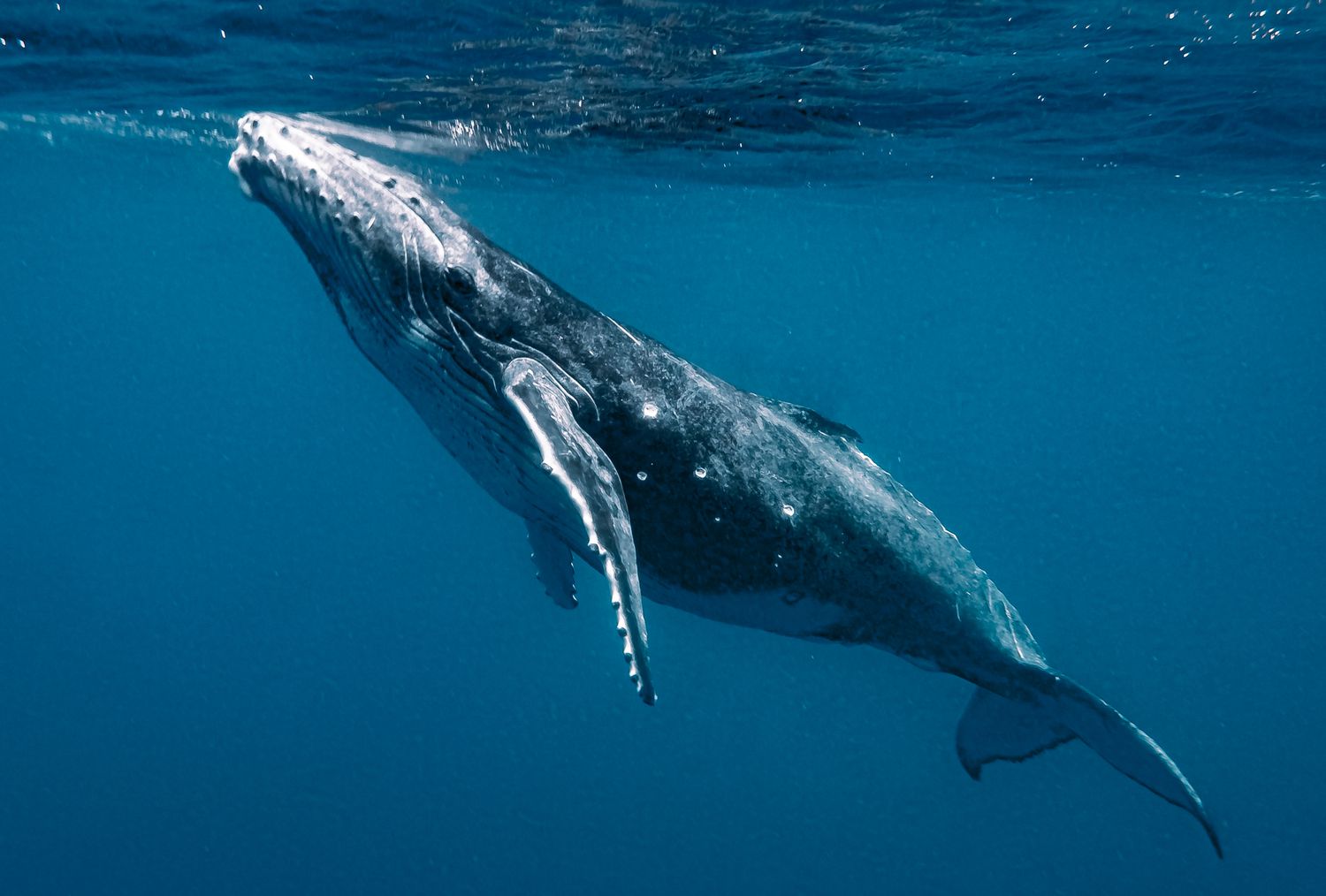The ocean is dwelling to larger than 200,000 recognized species and as many as 2 million that we have got however to search out. And, on a dire phrase, moreover it’s dwelling to 24.4 trillion gadgets of microplastics. In 2022, researchers spotlighted how unhealthy marine microplastic air air pollution is getting: The total amount of microplastics deposited on the underside of oceans has tripled before now 20 years.
Nonetheless microplastic particles don’t merely end up on the bottom of the ocean. Animals are consuming them—a minimal of 1500 species have been reported to ingest plastic. And a complete lot of it.
For example, whales in New Zealand’s Hauraki Gulf eat roughly three million microplastics on daily basis, in accordance with evaluation printed throughout the journal Science of the Complete Environment, which analyzed whale feces to see how quite a bit microplastics had been present.
What Are Microplastics?
Microplastics are small fragments of plastic supplies, often outlined as smaller than what could possibly be seen by the naked eye. Whereas microplastics are often too small to see, some scientists embrace gadgets as a lot as 5mm in diameter (a few fifth of an inch). They’re of assorted varieties, along with polyethylene (from plastic baggage, bottles, as an illustration), polystyrene (from foam meals containers, as an illustration), nylon, or PVC.
Completely different evaluation has rather more troubling conclusions. A Nature Communications look at found that blue whales might swallow 10 million microplastic gadgets on daily basis.
A Weight-reduction plan of Man-Made Provides
Shirel R. Kahane-Rapport, the lead author of the Nature Communications look at, tells Treehugger her crew was shocked by the quantity of microplastic ingestion and the availability of the hazard.
“Even throughout the fairly polluted waters off the U.S. West Coast, baleen whales must be ingesting tens of tens of millions of microplastics and microfibers per day,” says Kahane-Rapport. “The overwhelming majority (99%) is by means of their prey that has beforehand ingested plastic and by no means from the water they filter.”
“Understanding ingestion prices is the first step in direction of understanding the properly being outcomes of microplastic on whales,” Kahane-Rapport offers.
As soon as we think about marine animals ingesting plastic, we might think about them mistaking it for meals and presumably even passing it by means of their system. Nonetheless microplastics are far more insidious than that.
“Completely different evaluation has confirmed that if plastics are small enough, they will cross the gut wall and get into inside organs though the long-term outcomes are nonetheless unclear. Plastics may launch chemical substances that are endocrine disruptors,” says Kahane-Rapport. “That’s concerning, and whereas we do not however understand the long-term properly being outcomes, it is in all probability not an amazing sign for these organisms and their prey to ingest a man-made supplies like plastic.”
Further-Reaching Affect
That’s clearly unhealthy for whales, but it surely absolutely moreover has implications for individuals and the ocean at big. We’re moreover part of these meals chains and are consuming microplastics recurrently. They’re in our bottled water, in our desk salt—they’re even in our dwelling mud and throughout the air we breathe. And we nonetheless have no idea what the properly being outcomes are.
Within the meantime, the impression on whales—and what it signifies—is troubling on many fronts.
“Whales are ecosystem engineers,” says Kahane-Rapport. “They’re going to act like a pump, recirculating the nutritional vitamins that they consumed … and to allow them to perform ecosystem sentinels—when whales is not going to be thriving, completely different parts of the system are in all probability struggling.”
What’s Subsequent?
Microplastics are created in large numbers by seemingly mundane frequently actions like doing laundry, the place synthetic fibers are rinsed into the wastewater. Or driving, the place plastic from tires generates additional microplastic waste than one other provide, in accordance with researchers.
Kahane-Rapport offers us some suggestions on steps that folks can take:
- Get rid of waste accurately so it doesn’t end up throughout the sewer
- Add a straightforward filter to your washer to catch microfibers
- Advocate for increased wastewater remedy (that stops microplastic from moving into the water system) in your metropolis
- Talk to your native council people, and politicians may assist lead to greater change
- Put pressure on big companies to eliminate their waste responsibly!
[And Treehugger has more excellent tips here: 9 Ways to Combat Microplastics at Home.]
As for the whales, Kahane-Rapport says there could also be additional evaluation wished. “The next evaluation step could be to learn how quite a bit plastic the whales egest (poop out) and the best way quite a bit they protect of their our our bodies. Following that, it is going to be very attention-grabbing (and complicated) to search out out the direct properly being outcomes on their tissues.”
As a result of the look at concludes, “For species struggling to recuperate from historic whaling alongside completely different anthropogenic pressures, our findings advocate that the cumulative impacts of quite a few stressors require further consideration.”
